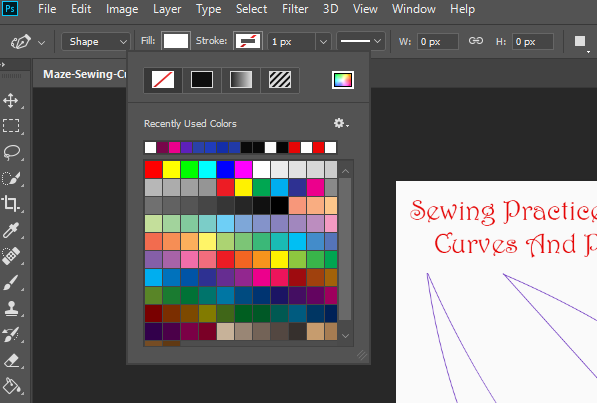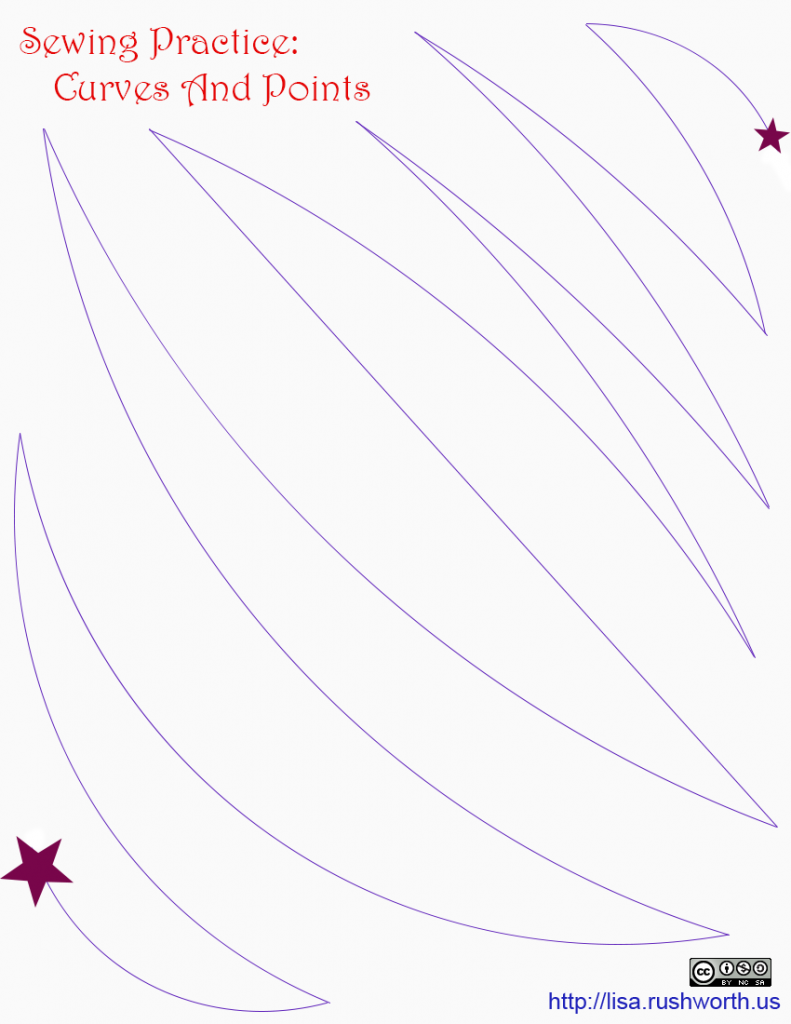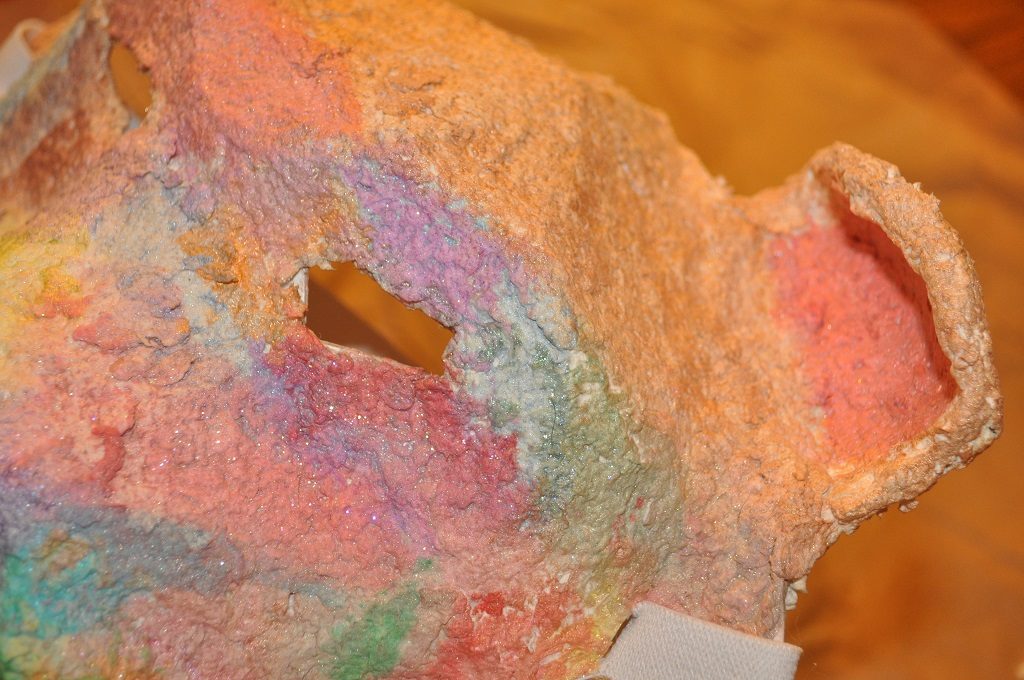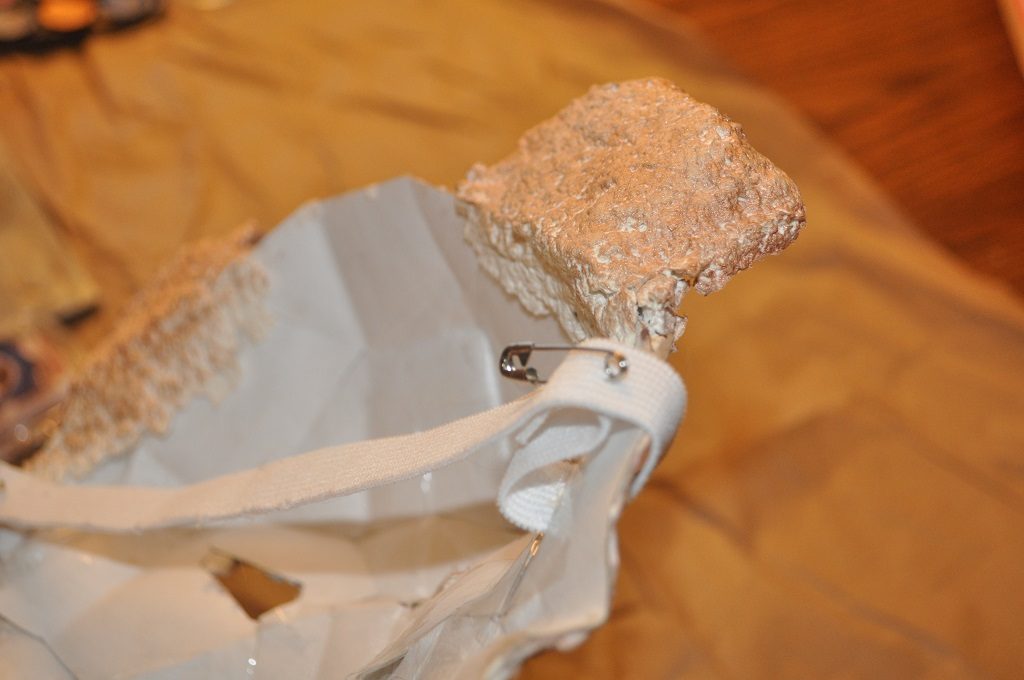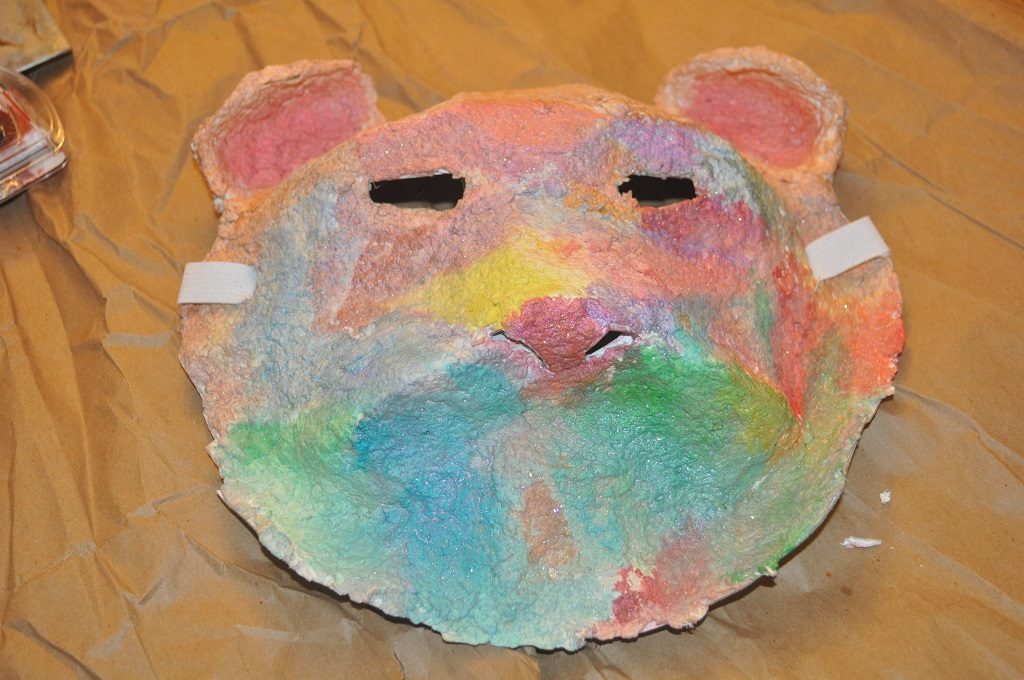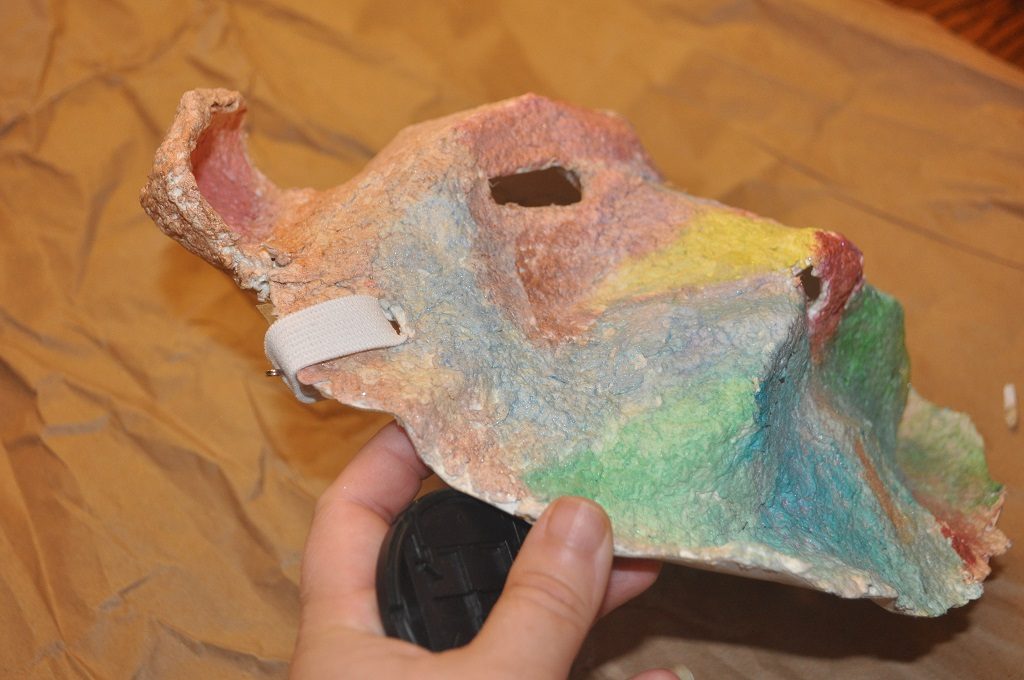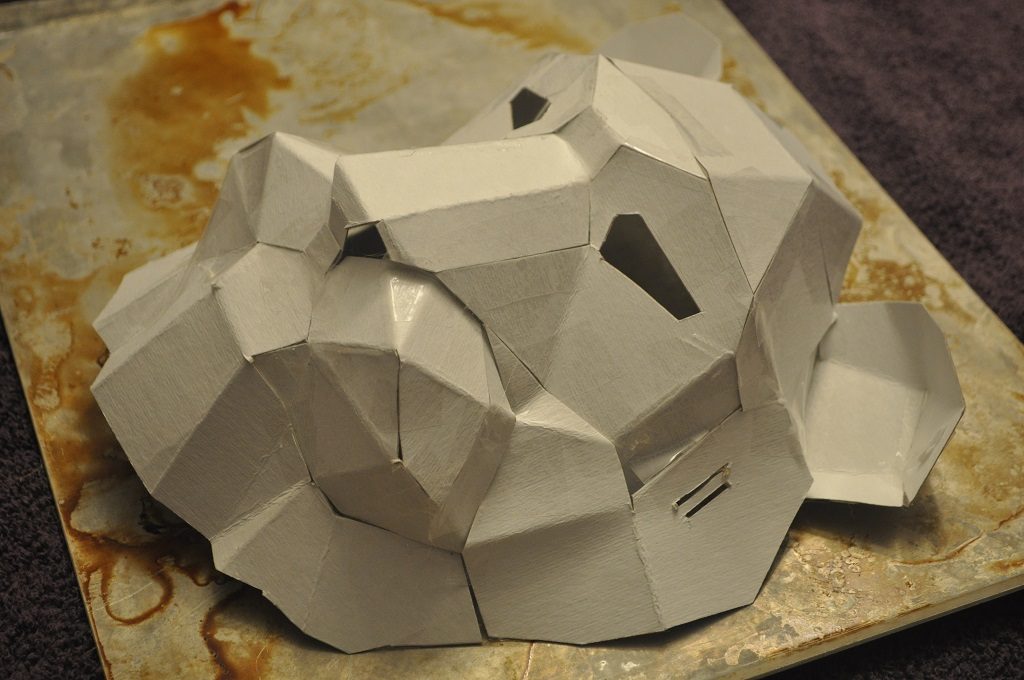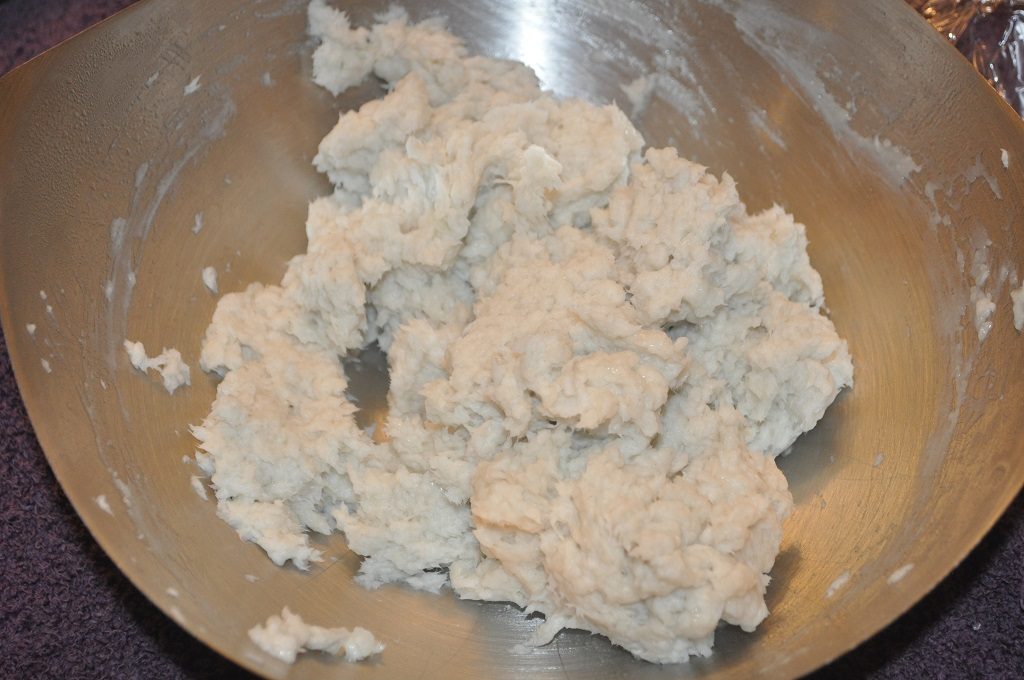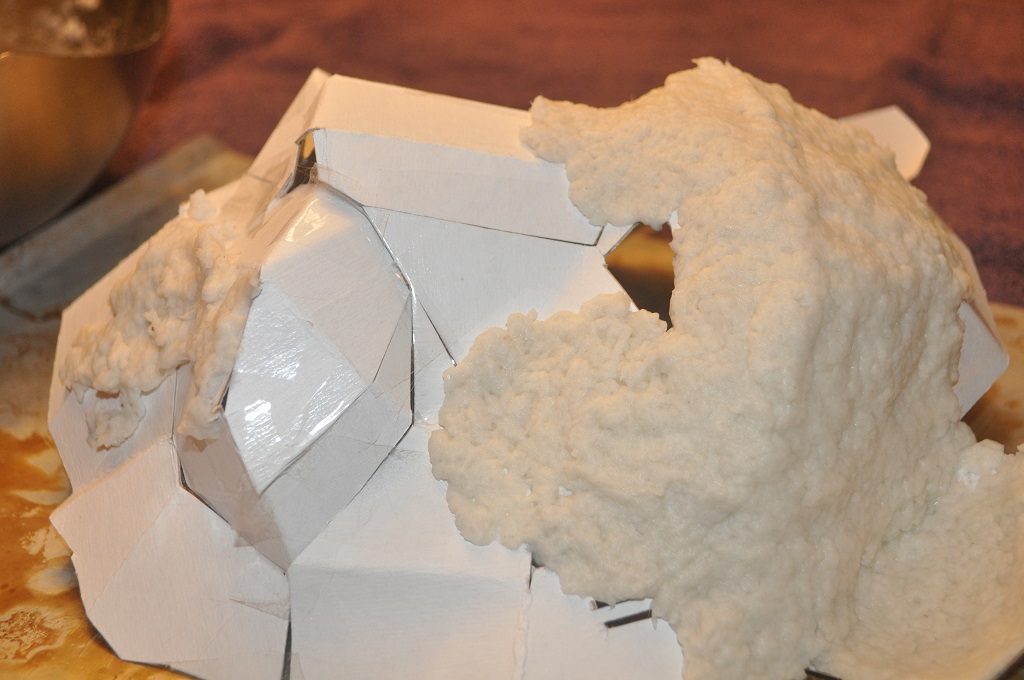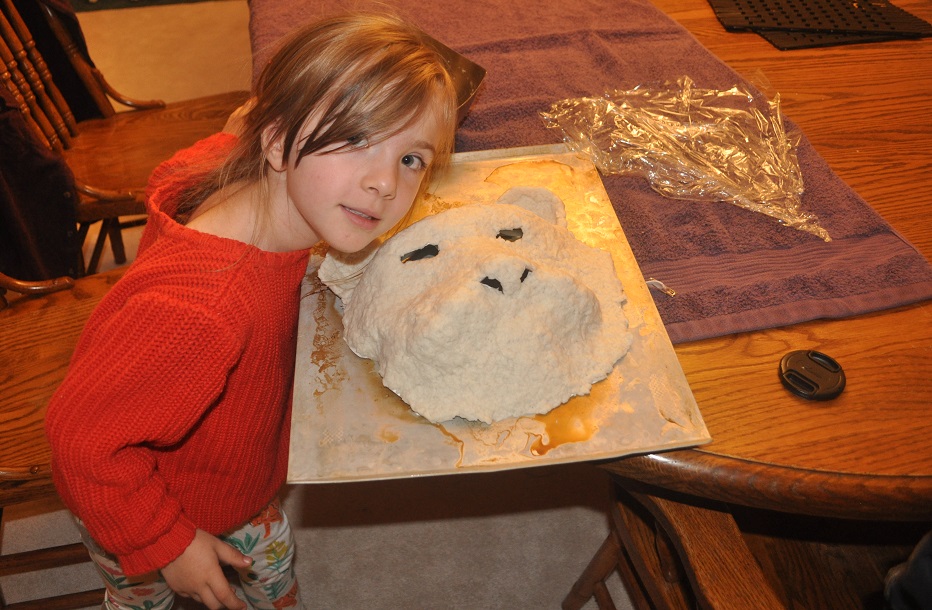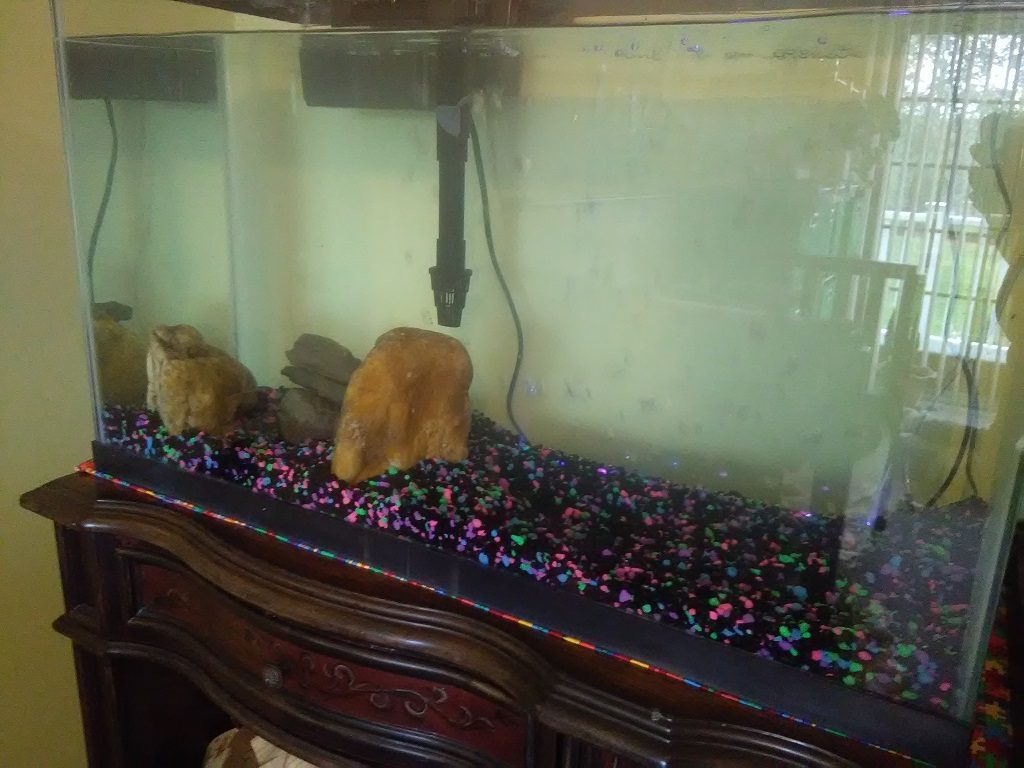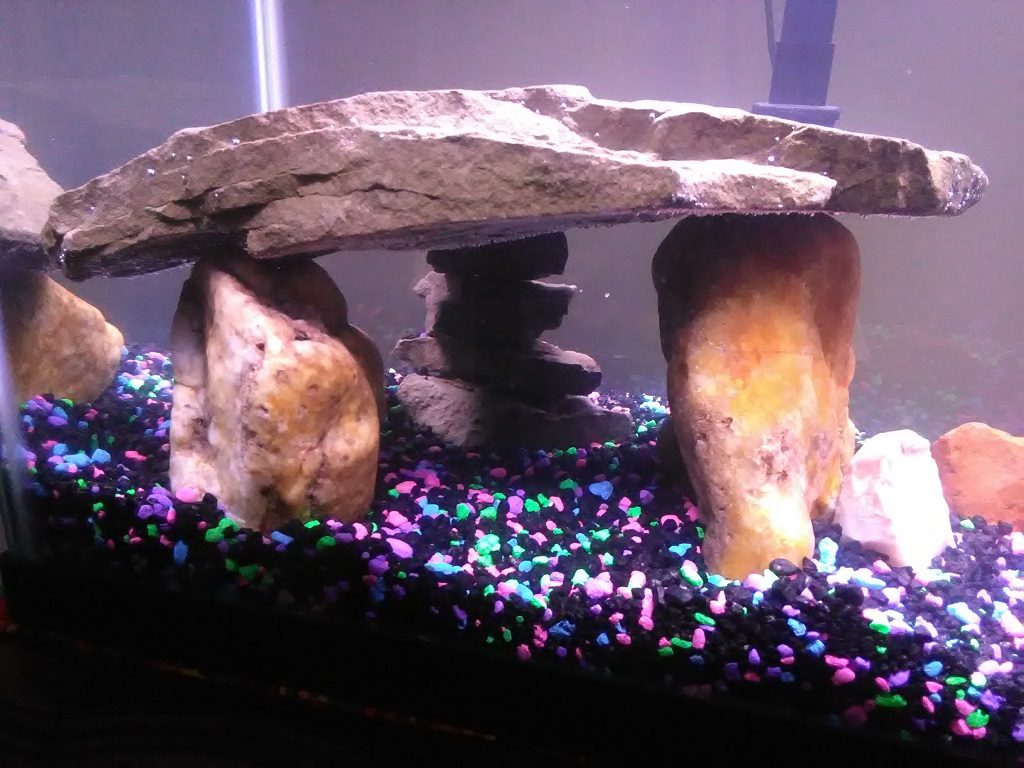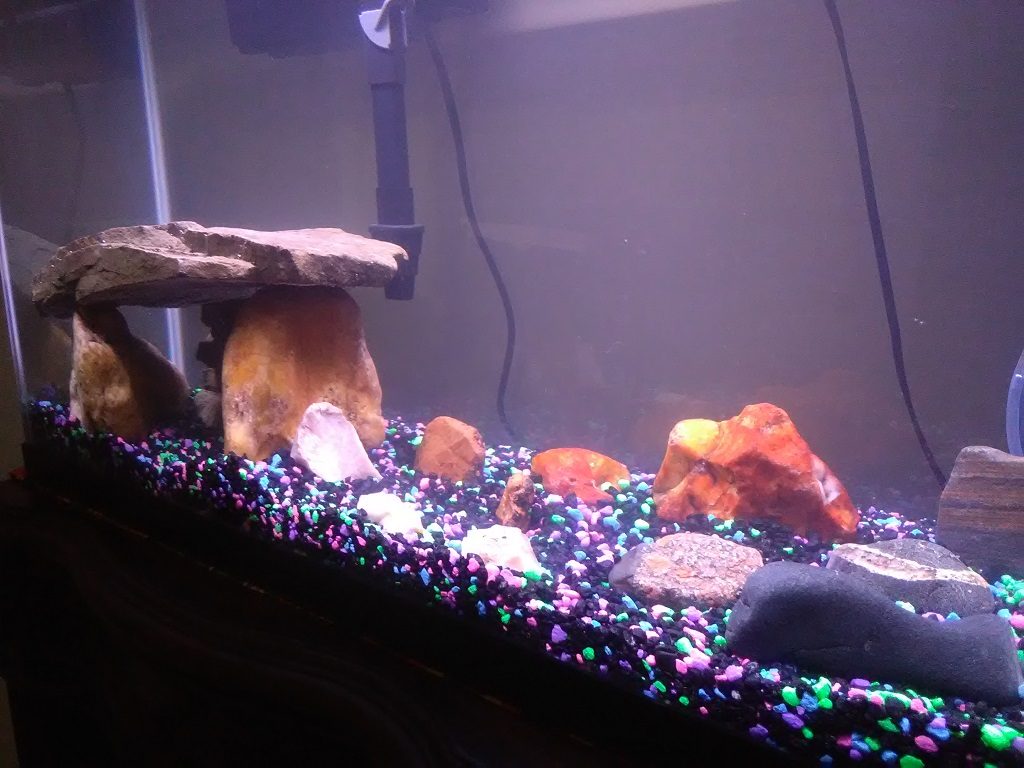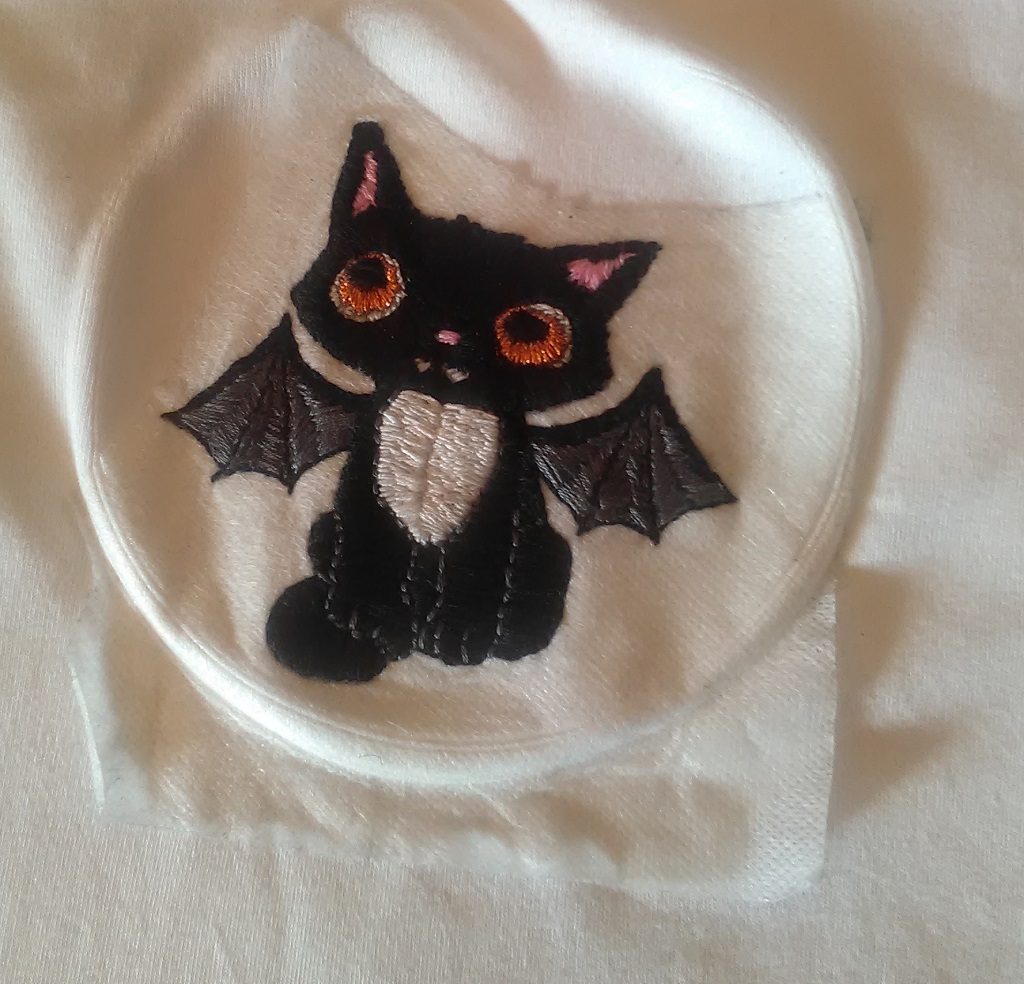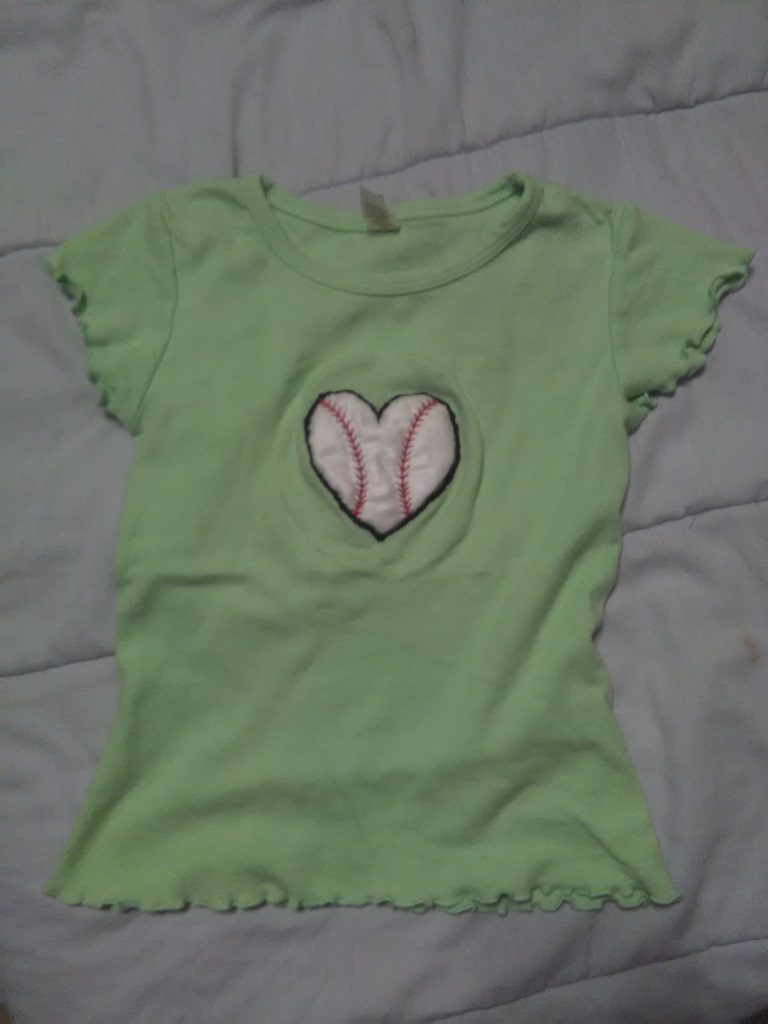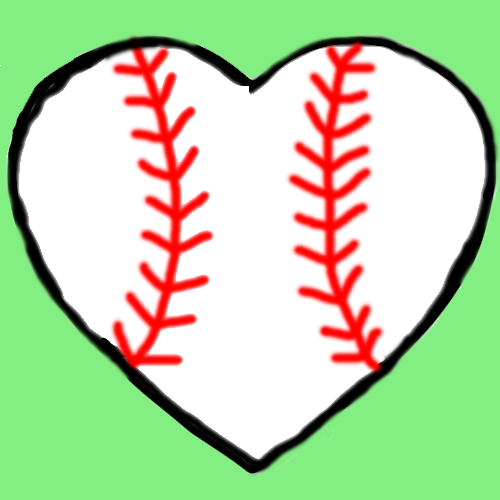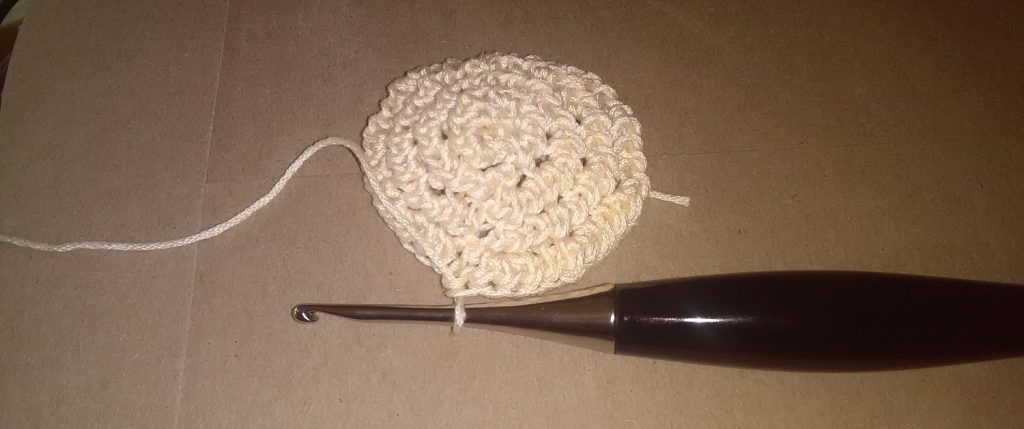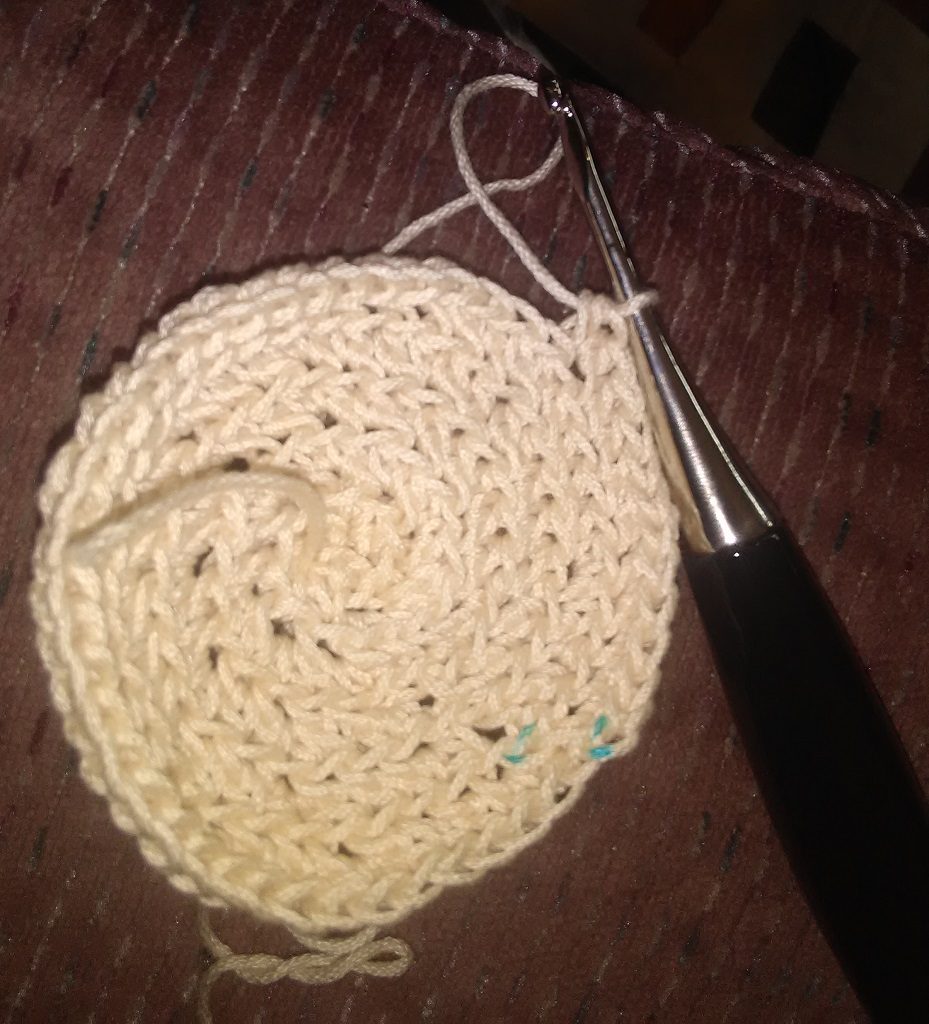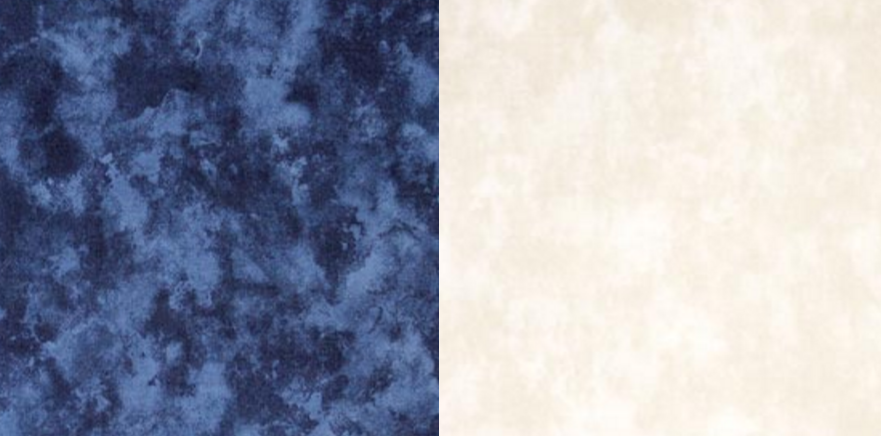Anya’s birthday present this year is learning to sew with a machine. I’ve already got sewing practice papers ready to go, and need to come up with a few projects for her to get started. She’ll do the project end to end (i.e. we’ll read through the instructions, figure out what it requires, shop for fabrics {shop may mean peruse mom’s stash} and hardware {certainly means peruse mom’s stash. Any component I don’t need quickly, I order direct from China via AliExpress for 80-90% less than retail.}, measure, mark, cut, sew. The only thing I’ll do is run the edges through the serger to ensure she doesn’t have frayed fabric.
So far, I have three projects for her:
A two layer gathered skirt – a project for the author’s five year old. I would love to find an all-over eyelet fabric in black and use it over a bright neon solid, but haven’t been able to find any all-over eyelet fabrics. So we’ll see what Anya likes. This teaches sewing straight lines & running elastic through a casing.
The ‘magic pillowcase‘ – I made one of these, so I know it’s pretty easy. This requires more straight line sewing, but adds complexity because the multiple layers of fabric need to be lined up. Also teaches the idea of getting some fabric out of the way so you can stitch things together.
A fabric belt with D-rings at the end. Turning a small tube right side out and top-stitching.
